
By Dave Newman
The Inflation Reduction Act (IRA) of 2022 is a far-ranging law designed to reduce costs associated with prescription drugs, healthcare, taxes and the deficit. However, despite the deceptive-sounding name, the IRA also includes significant funding to support lowering energy costs and building a clean energy economy. It represents the single largest federal investment in combating the climate crisis in U.S. history – $369 Billion – toward encouraging nationwide energy efficiency and adoption of renewable energy.
Federal Funding for School District Energy-Savings Projects
The IRA represents a windfall opportunity for school districts to implement energy performance contracts (EPCs) that can be used to recover energy savings through infrastructure upgrades and retrofits.
First, let’s take a moment to revisit what an EPC is and how it can be used by school districts, then let’s look at how the IRA can significantly support your district’s ability to implement energy-saving changes.
The U.S. Department of Energy defines energy performance contracting as “a budget-neutral approach to make building improvements that reduce energy and water use and increase operational efficiency.” For school districts like yours, an energy performance contract can transform aging district buildings into centers of excellence for learning.
The benefits to your district are significant:
- 1Financial Savings. You can slash your energy bills and reallocate the savings toward classrooms, technology and programs.
- 2Long-Term Investment. Installation of solar panels can provide predictable energy generation and act as a hedge against rising utility rates.
- 3Sustainability Leadership. You have an opportunity to set an example for your community by generating clean, renewable energy.
There’s Money in the Acronyms: PTCs and ITCs
As with many things, timing is everything, and the IRA is no different. The IRA impacts two significant credit opportunities about which school districts should be aware.
First, the IRA impacts the Renewable Energy Production Tax Credit (PTC) which is administered by the IRS and Department of the Treasury to qualified energy-saving projects. It provides a “per kilowatt-hour (kWh) tax credit for electricity generated by solar and other qualifying technologies for the first 10 years of a system’s operation.” This credit serves to reduce an entity’s federal income tax liability.
The PTC provides approximately 2 cents/kwh for renewables including solar and many others. And, as I mentioned about timing, beginning in 2025, the Production Tax Credit becomes eligible for ANY zero emissions technology and can be as high as 2.6 cents/kwh.
Second, the IRA also impacts the Investment Tax Credit (ITC), also administered by the IRS and Treasury, which provides a direct payment to the owner of up to 40 percent of the installed costs associated with solar and many other energy generation technologies. As the name implies, the savings comes in the form of a tax credit, and once again, beginning in 2025 this credit applies to ALL zero emissions technologies, slowly sunsetting in 2032.
Here is where everything comes together. School districts and Municipalities receive a long-term annual reimbursement with a PTC. With an ITC, districts are eligible for a new Direct Pay option that doesn’t require an investor acting as a “middle person” so your district receives direct reimbursements from the IRS in the form of a tax refund. This way, you have a direct buy-down of the direct installation costs of installing the renewable system, including any expenses incurred when connecting to the utility power grid.
The Fine Details
When it comes to applying an ITC to an EPC, it all comes down to the details. The amount of tax credit received depends on several factors, including:
- 1
Solar (or other energy generation system) System Size. For systems smaller than 1 megawatt of electrical or thermal energy, the credit is 30 percent of eligible project costs. For systems larger than 1 megawatt, the base credit is 6 percent and must meet prevailing wage and apprenticeship requirements to receive the full 30 percent credit of eligible project costs.
- 2
Labor Type. Federal requirements demand that for systems 1MW or larger, 15 percent of labor must be registered apprentices and that hourly participation must be documented. This is important, since the IRS can penalize the taxpayer district $50 for every labor hour and up to $500 per labor hour for “intentional disregard.”
- 3
Material Usage. The ITC encourages American production. Up to 10 percent credit can be added if the project uses certain materials, including iron and steel, produced in the U.S.
- 4
Community Matters. Another key element is the project location. The ITC adds a 10 percent bonus for projects located in an “energy community” which is a community that had coal mine closures or coal-fired electric generating unit retirements or were designated as metropolitan statistical areas (MSAs) or non-MSAs that suffered unemployment related to closures affecting extraction, processing, transport, or storage of coal, oil, or natural gas. In addition, solar or wind projects may be eligible for a 10 percent bonus if they’re located in low-income communities.
- 5
Money Matters. Credits are reduced 15 percent if the project was financed with a tax-exempt bond. For example: A 30 percent eligible credit, less 15 percent yields a 25.5 percent final credit amount.
As you can see, there are many details involved and due to the 2025 date for many of these savings, there is a limited window of opportunity to secure IRA funding for your district’s renewable energy projects.
Energia offers school districts like yours a Proven Process for Energy Savings. We are here to help you better understand and embrace your options so you can take action to reduce your energy costs while improving your facilities and learning environments.
Want to learn more? Contact Energia today for a discussion about how your district can take advantage of these opportunities for savings.
